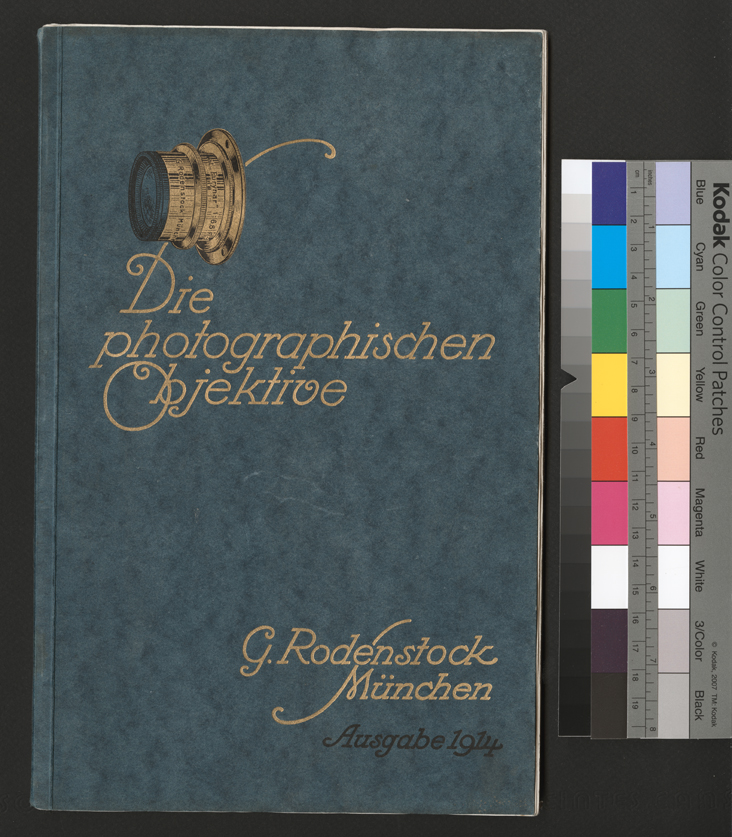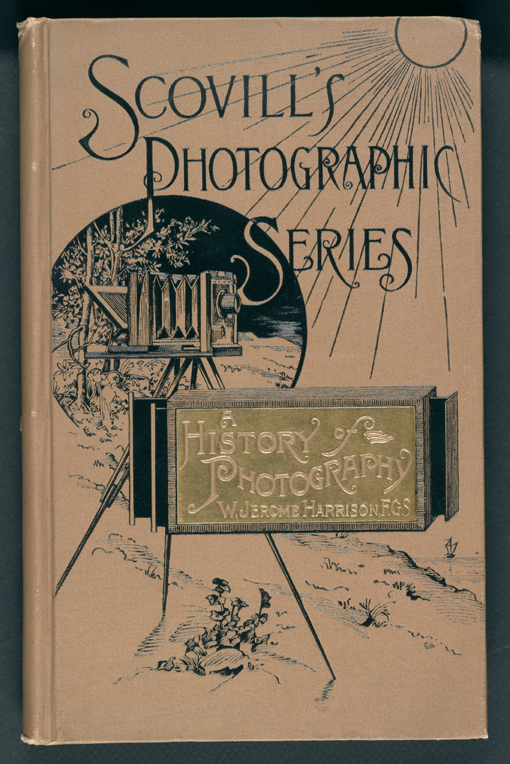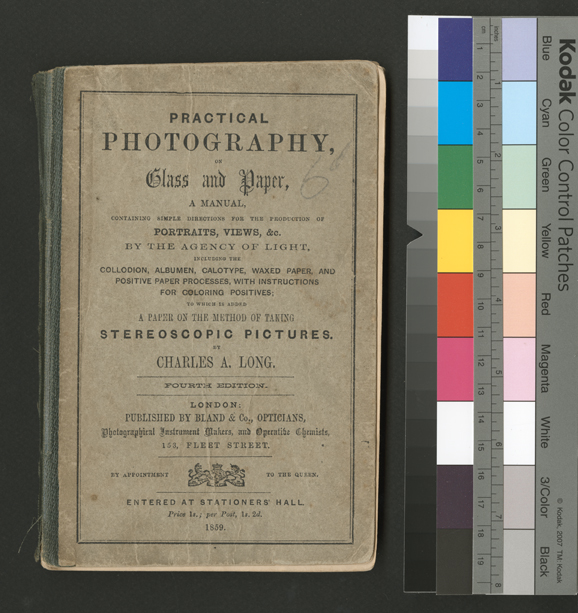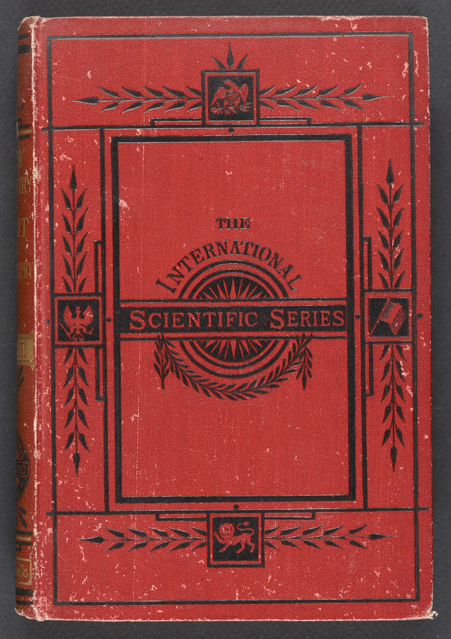Photography itself has produced a rich cultural and artistic legacy. In its very early roots, image making was a craft done by hand. Emerging in the early 19th century, the medium has produced a wide range of photographic processes. Many processes that were once prevalent have now vanished.
The collection has an impact on the study of photography as an art form. Across the arts, students are taught the history of the genre to contextualize contemporary practices and the evolution of the field. Within photography, however, education on historical techniques and processes is limited. The pace of innovation within the field of photography has quickly distanced itself from early forms. By preserving access to this information, students of the photographic art form can locate the work within a specific place and time. Study can provide insight on what materials were available and used to make a specific type of print. They provide insight on the specific type of camera and camera lens that was used.
Contemporary visual artists, particularly contemporary photographers who practice this rare art form, can also benefit from this collection. For them, alternative photography represents exposure to the entire spectrum of photographic image making, including daguerreotype, tintype, calotype, and dry plate processes. These forms offer a rich legacy, germinating new artistic sensibilities and helping artists differentiate themselves.
In addition, the library material can be used to advance the understanding of conservation and archival studies. Archivists and conservators can more readily understand the chemical basis and physical make up of this medium.
The collection’s broader historical significance cannot be understated. Contemporary communication is imbued with images produced by digital cameras. The science and technology behind chemical-based images, however, is disappearing. Study in this source material provides insight on the way people have communicated through an important period of history. The library provides insight on the evolution of image making and the role that photography has played in the arts, economy, industry, and information.
Penumbra has been diligently working with the New York University’s Digital Library Technology Services to digitize over 100 rare and early photographic manuals and lens catalogs that are part of the Penumbra Foundation Library Collection. Working with NYU/DLTS has allowed Penumbra to digitally preserve these materials for the long term, and make them available to the public via the finding aid. These digital files will be maintained in perpetuity by the NYU Archives. The physical collection is housed at the Penumbra offices.
Penumbra Foundation library team is pleased to announce that a finding aid for the Penumbra Foundation Library Collection has recently been published, and it can be viewed here.
A finding aid is a tool that facilitates discovery of information about a specific collection. It assists users in gaining access to a collection and provides a basic understanding of the materials within the collection.
Although finding aids are an academic staple, Penumbra is in the process of creating even easier access to these rare and important materials through searchable PDFs and re-publication of the digital files. These PDF’s will be made available on the Penumbra website in the near future.
To learn more, contact info@penumbrafoundation.org






